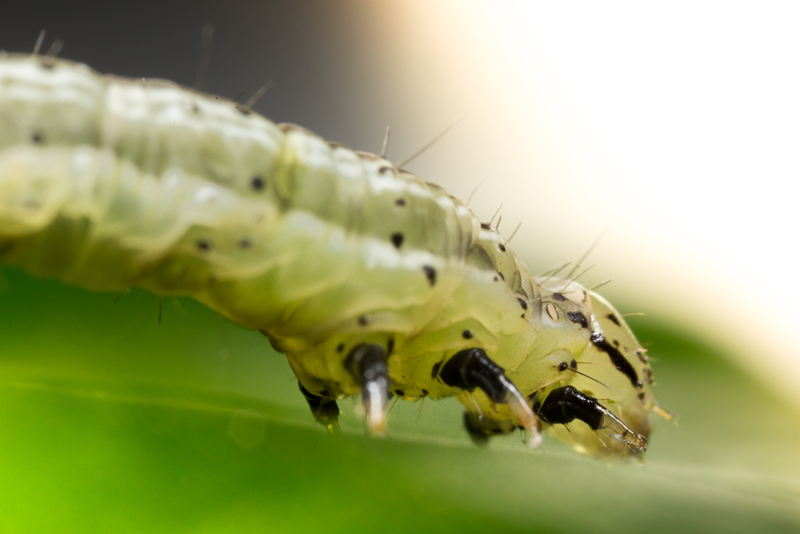
Spot the caterpillar!
Caterpillars come in all types of species and sizes. Some of them stand out from the foliage, but most of them are the same colour as the plant from which they live. They’re also masters of hide-and-seek. To help you tackle them, we’ve made a useful list for you.
Caterpillars are the larvae of butterflies and moths, and there are as many as 150.000 species worldwide. The group is very uniform in appearance and behaviour, but they do vary in size. The smallest moth has a wingspan of only one and a half to two millimetres, while the largest butterfly can be as large as thirty centimetres.
-
Butterflies and moths go through four stages of development: egg, caterpillar (larva), pupa, and butterfly.
-
Caterpillars emerge from an egg deposited on the plant by the butterfly or moth.
-
Caterpillars can be recognized not only by their appearance but also by the damage they cause or the plant they live on.
-
If you find caterpillar faeces, it’s time for further investigation! Caterpillars can hide very well and often change their colour to match the plant they’re on, ensuring excellent camouflage.
-
Caterpillars from the Noctuidae family (moths) don’t usually have many hairs, and they pupate in the ground.
-
Caterpillars from the Tortricidae family (leaf rollers) like to hide in curled-up leaves. If you touch them, they’ll start to squirm and quickly lower themselves down to the ground on a thread of their own silk.
-
The caterpillars of Tuta absoluta (tomato leaf miner) likes to hide away. This small caterpillar lives in the leaf and makes tunnels there – that’s why it’s called a leaf 'miner'!
-
Caterpillars of different butterfly species have three pairs of real legs and up to five pairs of false legs (prolegs). The prolegs have small hooks that the caterpillar uses to hold on to the plant.
-
Not sure which caterpillar you found? Visit this site or a Koppert consultant.
There are biological methods to effectively fight caterpillars, such as nematodes.